Types of dental prostheses
There are two main types of dental prostheses: fixed prostheses and removable prostheses.
Fixed prostheses
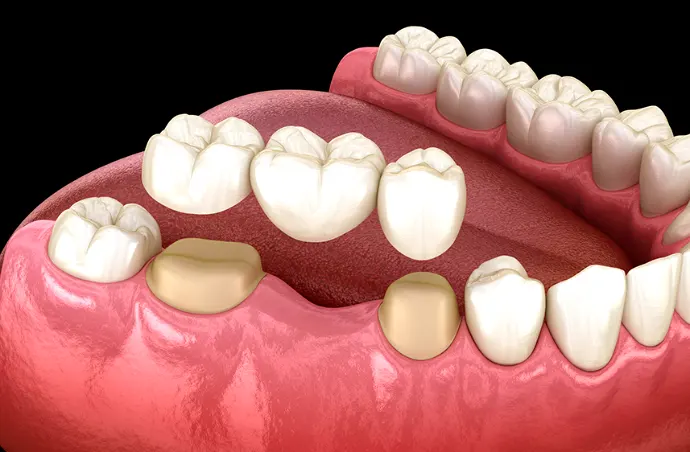
The dental bridge (fixed bridge)
Used to replace one or more missing teeth. It consists of crowns placed on the teeth adjacent to the edentulous space and pontic elements to replace the missing teeth. The process involves preparing the abutment teeth, taking impressions, fabricating the bridge, and securing it.
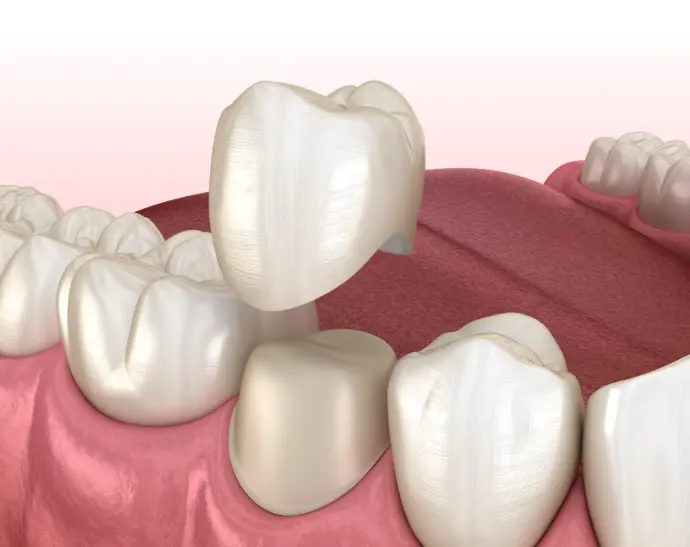
The dental crown
A dental crown is a prosthesis placed on a damaged tooth to restore it. It can be made from various materials, such as ceramic and zirconia, offering both aesthetics and strength. Crowns are used to reinforce a weak tooth, restore a broken or discolored tooth, and improve dental aesthetics.
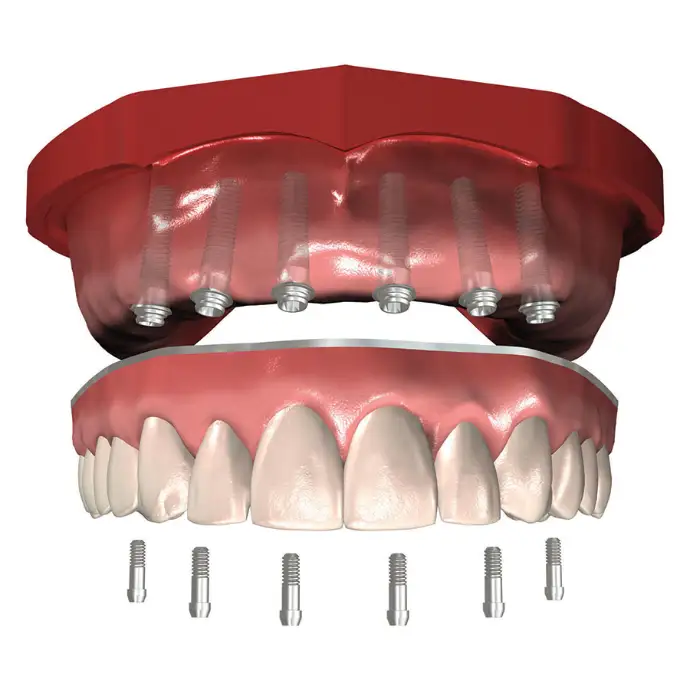
Dental implant-supported prosthesis
A dental implant-supported prosthesis replaces missing teeth by using titanium implants inserted into the jawbone as support. It can be fixed permanently or semi-permanently. The procedure includes planning, the insertion of the implants during a surgical procedure, and the attachment of the prosthesis after a healing period.
Removable dentures
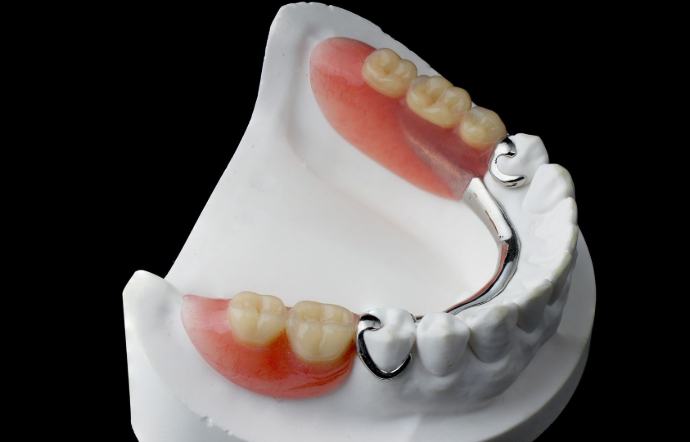
Partial removable dental prosthesis
To replace several missing teeth, the partial removable denture will rest on both the gums and the remaining teeth and will be held in place with clasps on the adjacent teeth. This mechanical retention will make it more stable than a complete denture.
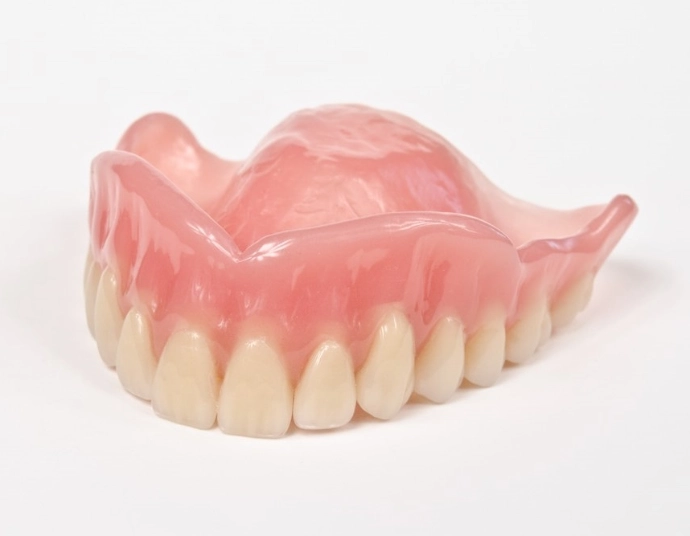
Complete removable dental prosthesis
Unlike partial dentures, which only replace a few teeth, a complete removable denture replaces all the teeth in the upper jaw, lower jaw, or both.
Frequently Asked Questions
In the case of tooth loss:
- Partial loss: In the absence of certain teeth, a partial denture (fixed or removable) can restore the ability to chew and the aesthetic appearance.
- Total loss: When no teeth are present in an arch (upper or lower), a complete denture is generally necessary.
Zirconia is ideal for posterior teeth due to its exceptional strength, while ceramic offers superior aesthetics for visible teeth because of its natural translucency. The choice depends on the position of the tooth, priorities (durability or aesthetics), and budget.

